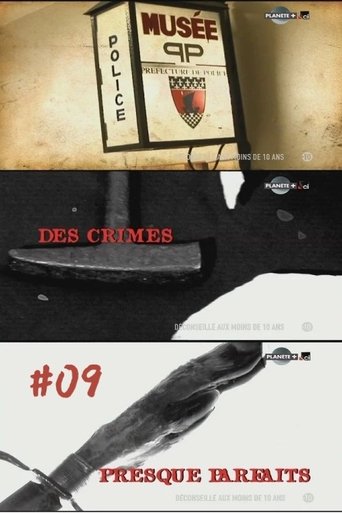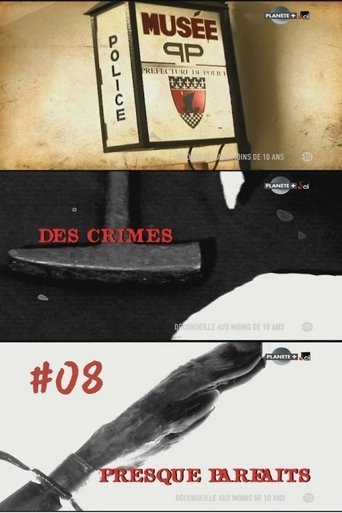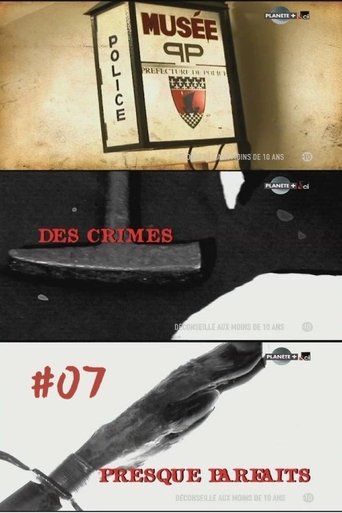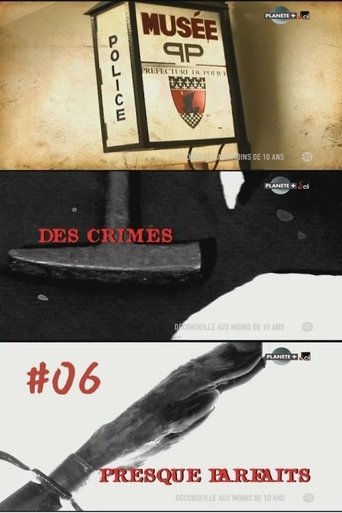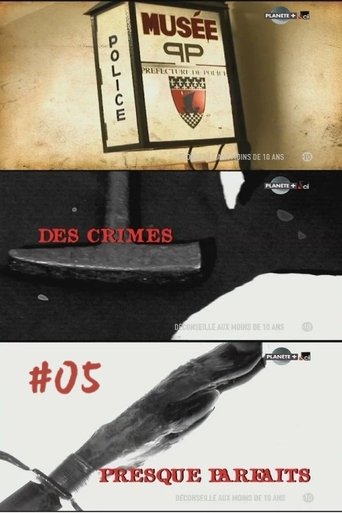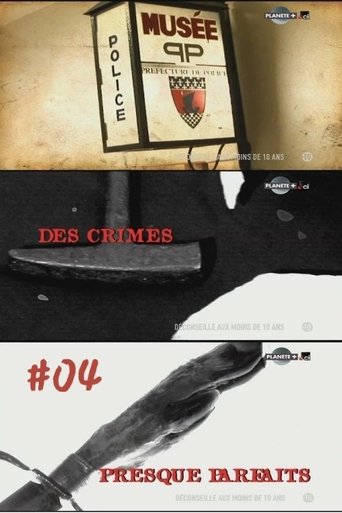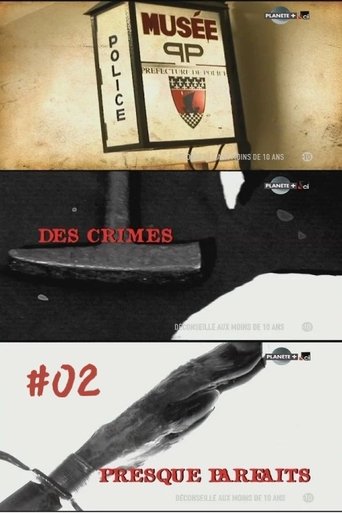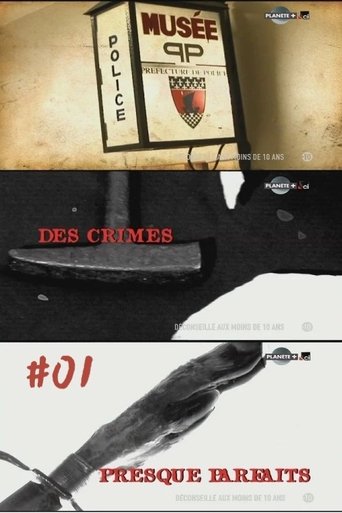Des crimes presque parfaits Season 3

Investigating the most notorious and infamous crimes in French history. These cases didn't merely capture the public's attention, but the events would go on to inspire some of the world's most chilling films and novels.
Watch NowWith 30 Day Free Trial!
Des crimes presque parfaits
2010
Investigating the most notorious and infamous crimes in French history. These cases didn't merely capture the public's attention, but the events would go on to inspire some of the world's most chilling films and novels.
Watch Trailer
With 30 Day Free Trial!
Des crimes presque parfaits Season 3 Full Episode Guide
In 1933, in Le Mans, the particularly appalling murders of Madame Lancelin and her daughter, Geneviève, made the headlines. The two domestic workers, Léa and Christine Papin, soon admit their appalling package. They killed their employers with a knife and hammer and pulled their eyes out. The reason for this massacre seems futile: a banal argument which would have degenerated into rage. After the press, public opinion and justice, psychoanalysts, then writers and finally filmmakers will take over this incredible affair, dominated by the elusive personality of the two sisters.
On May 31, 1908, in a bourgeois house in the 15th arrondissement of Paris, Adolphe Steinheil, a famous painter, and his mother-in-law, Mrs. Japy, were murdered. The wife of the deceased, Marguerite Steinheil, is a woman of haunting beauty and a sulphurous reputation. Isn't it said that President Félix Faure died in his arms? Found tied up and gagged on a bed, she is the only survivor of the drama that took place that night. For the less romantic, his story does not convince the police at all.
In Paris, on January 31, 1907, an 11-year-old child, Marthe Erbelding, was raped and murdered. The atrocious crime falls badly: the law on the abolition of the death penalty is under discussion. The culprit, Albert Soleilland, is a friend of the family. Shocked by the horror of the facts, public opinion claims death for the murderer of the little girl. The Assize Court pronounces capital punishment. Against the advice of the street, President Fallières will commute the sentence to forced labor for life, but the law on abolition will be permanently buried.
On October 26, 1831, fishermen discovered the body of an old man murdered on the bank of the Allier. This is the start of the infamous "red inn" affair. Located between Clermont-Ferrand and Aubenas, in the hamlet of Peyrebeille, the inn of the Martin couple was the theater. The murders - real or supposed - that they committed with their servant, Rochette, ignited the minds of the time and inspired, since then, novelists and filmmakers.
In Rodez, in 1817, the former imperial prosecutor Antoine Bernardin Fualdès was found dead in the waters of Aveyron. The man was slaughtered. At a time when royalists and Bonapartists are tearing each other apart, the trail of political crime should not be overlooked. The affair fascinates the whole of Europe, and makes noise as far as the United States. The ensuing trial will be the first to be so widely publicized.
While at the end of the 19th century, a bloodthirsty killer, described as a "vagabond" in the cities where he rages, crisscrosses France, judge Emile Fourquet examines the unresolved case of the little Victor Portalier. After a long work of profiling, he manages to identify the culprit: a certain Joseph Vacher, who recognizes all the murders. This case marks a turning point in the history of the French police: it was in reaction to the ineffectiveness of his men on this file that Georges Clemenceau created the famous "Tiger Brigades".
Free Trial Channels
Seasons



























